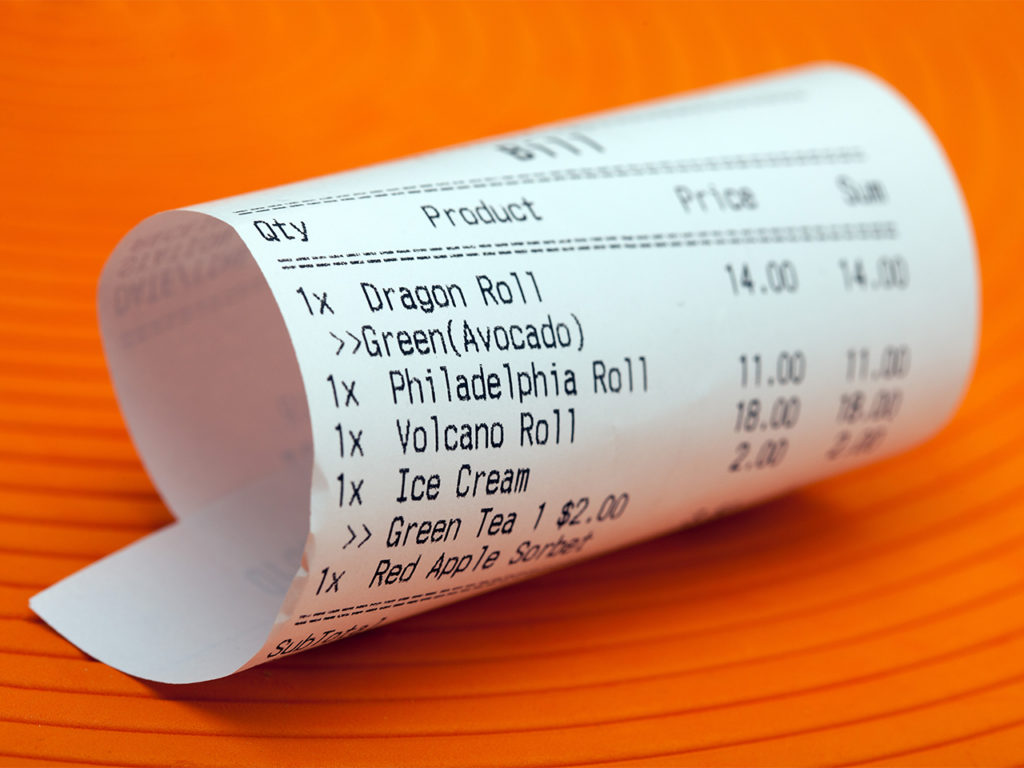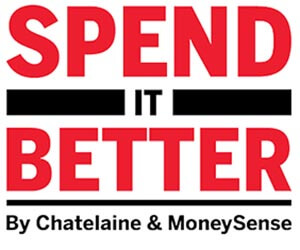How much should you really spend on dining out?
Takeout can quickly blow your budget
Advertisement
Takeout can quickly blow your budget

READ: How to avoid overspending at the grocery storeCanadian consumers are also spending more on restaurant meals than ever before, according to the 2018 Canada’s Food Price Report. Developed by researchers at Dalhousie University and the University of Guelph, the report indicates that in 2018, the average home in Canada is expected to allocate nearly 30 percent of its food budget to food service, the highest number ever recorded. For instance, if a family of four spends $11,948 in total for food over the course of the year – the average, according to the report – then $3,584.40 of that is spent at restaurants and takeout counters. That’s nearly $300 per month. These numbers don’t surprise Linda Robinson. As a certified cash flow specialist in Hamilton, Ont., she says she often sees clients who are spending $4,000 or even $5,000 each year on restaurant food. “The reality is, nobody needs to go out to eat, buy that coffee or buy that bagel,” she says. “But it’s about what you’re willing to say yes or no to.” Take, for instance, one family Robinson has worked with for a while. Although the family of five had an annual income of about $200,000 when they first came to see her, they always seemed to be running out of cash by the end of the month. So where was it all going?
READ: How restaurants rack up your billAfter tracking their spending and running the numbers, Robinson discovered the family was shelling out $1,200 a month on groceries — plus a whopping $1,400 on takeout. It’s probably not surprising that people are forgoing home-cooked grub for quick meals prepared by others these days. According to another Dalhousie study, 57 percent of the population who are Generation X (born between 1965 and 1976), don’t prepare meals during the week, with many citing “lack of time” as the culprit. Forty-six percent of Millennials follow this pattern too. Convenience meals can feel like the answer — even if it means spending more than the recommended 10–20 percent of the family’s total budget on food. Luckily, there are some ways to lower restaurant costs and keep finances on track.
 This post is part of Spend It Better, a personal finance collaboration between Chatelaine and MoneySense about how to get the most for your money. You can find out more right here.
This post is part of Spend It Better, a personal finance collaboration between Chatelaine and MoneySense about how to get the most for your money. You can find out more right here.
Share this article Share on Facebook Share on Twitter Share on Linkedin Share on Reddit Share on Email